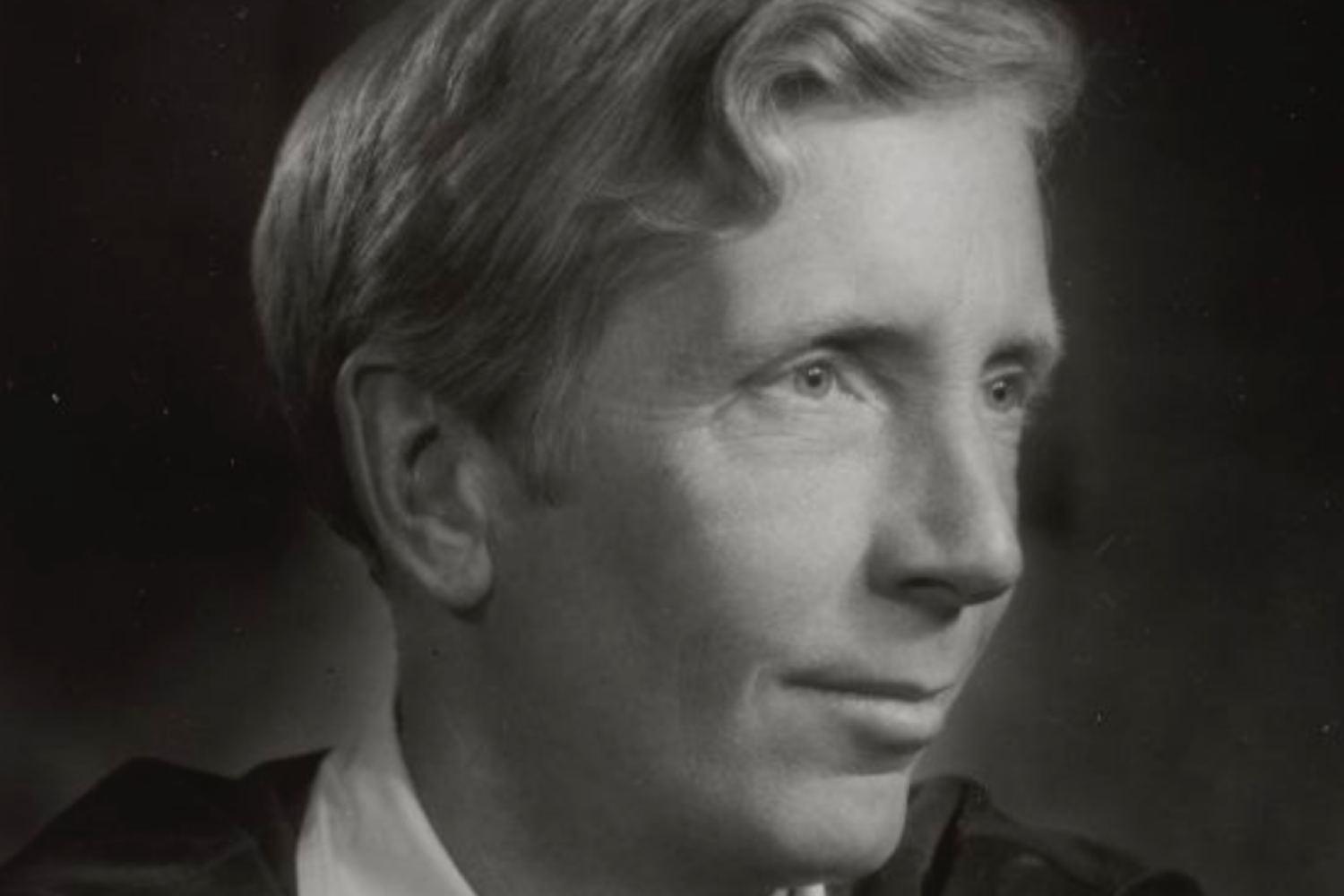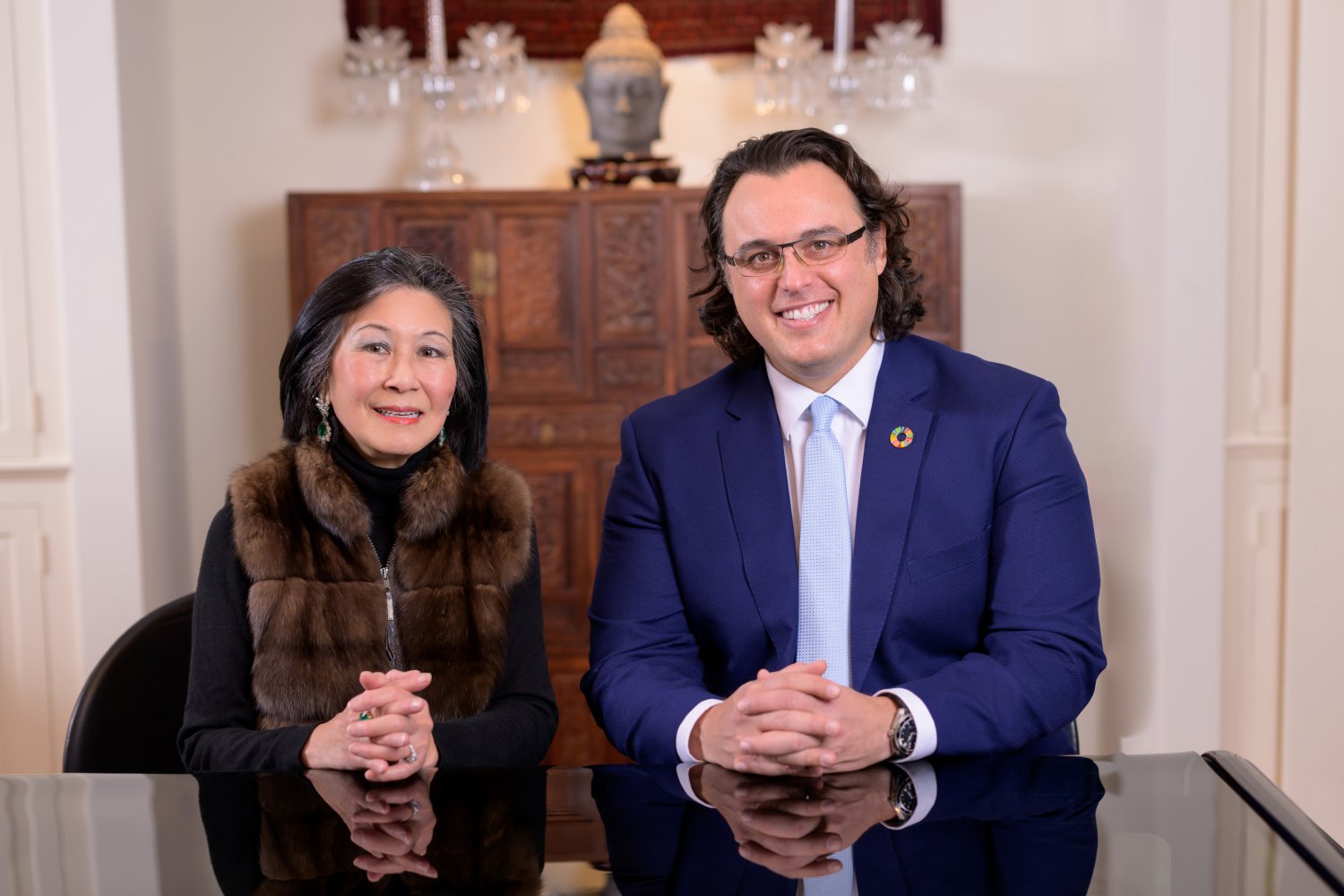
John LaBoiteaux Buttrick, a former professor in MIT’s Music and Theater Arts Section and prize-winning pianist, died in late November, 2023, in Zurich, Switzerland. He was 88.
Buttrick joined the humanities faculty at MIT in 1966, where he lectured and taught as a professor of humanities and music. He served as the head of MIT’s music section from 1967 to 1976. He taught introduction to music subjects as part of the humanities requirement and was, according to colleague and MIT professor Marcus Thompson, “very popular.”
Buttrick was born Dec. 15, 1934. He grew up in Bryn Mawr, Pennsylvania, and Nantucket, Massachusetts. He spent a year at Haverford College before later earning a BS in 1957 and an MS in 1959 from the Juilliard School of Music. He completed additional graduate work at Brandeis University. During his personal and professional career, he studied piano with Isidor Philipp, Rudolf Serkin, and Beveridge Webster.
One of Buttrick’s first professional outings was as a participant in the Marlboro Music Festival.
Beginning in 1961 he toured major European cities performing in recitals and as a soloist with symphony orchestras. Critics from news organizations in Berlin, Frankfurt, Hamburg, and Zurich lauded his “technical and musical prowess and his communicative gift.” He also toured with orchestras and groups across the United States and Europe for most of his life.
During his tenure at MIT, Buttrick performed numerous solo recitals in Kresge Auditorium, favoring Beethoven. He was also a soloist with the MIT Symphony Orchestra on a national tour to several major American cities. The tour was hosted by the MIT Alumni Association and conducted by Professor Emeritus David Epstein.
An article in Time magazine reported that, under Buttrick’s leadership, MIT saw its music faculty more than double to 13 and oversaw the increasing popularity of its music courses; two-thirds of the 1973 sophomore class enrolled in them. The Institute’s student orchestra, under Buttrick’s direction, regularly sold out the Kresge Auditorium.
Buttrick, alongside MIT students, was also featured in a weekly radio program, “After Dinner,” which was broadcast on station WGBH in the late 1960s and early 1970s. The program featured “informal, four-handed playing of pieces by Mozart and Schubert.”
He was frequently featured in chamber music presentations on MIT’s campus accompanied by other prominent artists like French flutist and Marlboro School of Music co-founder Louis Moyse, son of the famous flutist Marcel Moyse.
Buttrick was passionate about his musical forebears, particularly Beethoven. The liner notes Buttrick wrote for his 1983 album — “Ludwig von Beethoven: Klaviersonate Nr. 30 E-Dur, Op. 109 – Klaviersonate Nr. 31 As-Dur, Op. 110” — released in Switzerland on the label Jecklin Musikhaus, described Beethoven’s sounds as “melodic shapes and figurations” and “rounder and more undulant.”
Buttrick recorded several other albums of music by Franz Schubert, Ferruccio Busoni, Joseph Haydn, Max Reger, Richard Strauss, Johannes Brahms, L.van Beethoven, César Franck, and Frédéric Chopin. His favorite composers were Beethoven, Brahms, Schubert, and Chopin.
Buttrick believed in music’s power to heal people. A former student of Joseph Pilates, Buttrick healed after suffering significant injuries to his hand, arm, and shoulder. Later, he came to practice movement therapy, helping clients avoid surgery using alternative therapies.
While living in America, he was active on Nantucket and a member of the Congregational Church, where many passersby could hear him practicing the piano any given weekday.
In 1985, John relocated to Zurich, where he continued to teach, perform, and engage in the arts. While in Zurich, he met and later married Irene Buttrick. He officially took leave of his MIT position in 1988.
Buttrick is survived by his children, Miriam, David, Simon, and Michael; five grandchildren; ex-wife and caregiver Irene; brothers Daniel Drake and Hoyt Drake; and numerous beloved nieces and nephews.


